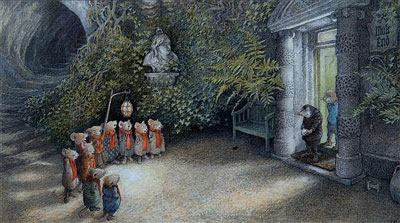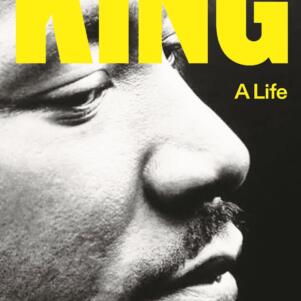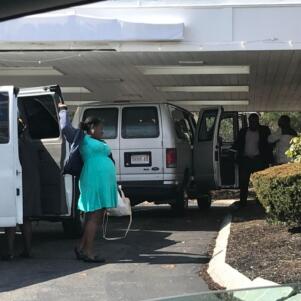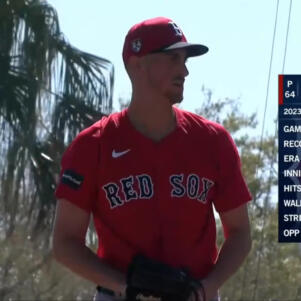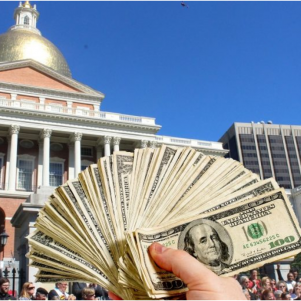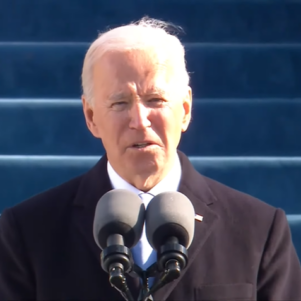Caroling: Here we come a’wassailing!
By Mary McCleary | December 11, 2015, 6:12 EST
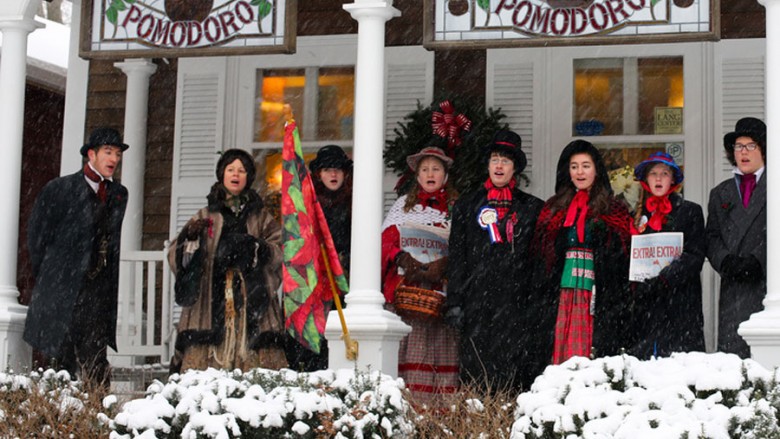 Dickens Christmas carolers (Flickr)
Dickens Christmas carolers (Flickr) ‘Tis the season to be jolly. For centuries, people have gathered together to sing the joyful songs of Christmas. One of the most festive customs is for groups of carolers to stroll along serenading neighbors and regaling crowds at public venues.
Although fewer neighborhood holiday carolers are seen these days, many of us grew up enjoying the jovial practice. Families would be sure to have apple cider, egg nog, or cookies on hand for roving singers. It was a fun way to get to know people and share the seasonal cheer. It didn’t matter if you could sing well. The idea was – and is – for people, young and old, to make merry and spread the Christmas spirit.
The practice has been so firmly associated with the holidays that it regularly appears in our literature. For example, in a memorable scene in Kenneth Grahame’s classic tale, The Wind in the Willows, a group of field mice arrives at Mole’s door to sing a carol for Mole and Rat. The young mice are rewarded with warm food, drinks, and treats for their siblings at home. Grahame also wrote a charming poem for the story’s song. Another example is Charles Dickens’ A Christmas Carol, in which he gives a colorful description of Scrooge chasing away a terrified young caroler with a ruler.
Our familiar repertoire of yuletide songs comes from a mélange of medieval hymns, Christmas music, and popular melodies. The English word for carol is derived from the French “carole,” which in turn stems from the Latin “corolla” (wreath) and “choraula” (choral dance). An early English term for the custom was “wassailing,” which describes revelers roaming from house to house wishing each other good cheer. In the 19th century, the practice of combining singing with visiting neighbors became widespread, both in the U.S and abroad.
The British Victorians built on their tradition of strolling carolers by introducing the Anglican Festival of Nine Lessons and Carols, which combines biblical readings and songs. Several regional venues perform this Anglican festival, such as the Groton School in Groton, Park Street Church in Boston, Christ Church in Cambridge, Brown University in Providence, and the Congregation of St. Athanasius at St. Lawrence Church in Chestnut Hill.
Other countries have their own caroling traditions. In Greece, children go door to door singing carols (“kalanda”) to neighbors while playing a small triangle instrument. In France, youth groups often perform Christmas songs for charitable organizations. For instance, young scouts or “guides” travel to retirement homes to sing for residents.
Today, several local cities, such as Leominster and Brockton, pay homage to the centuries-old practice by hiring professional singers to serenade passersby. Boston Logan Airport also features a quartet to welcome visitors.
Caroling is a delightful way to celebrate the season and pass on a very merry tradition to the next generation. Why not gather a group of friends and family and keep the Christmas spirit alive?
To bring you some cheer, we’ve filmed the “Figgy Puddin’ Holiday Carollers,” a local professional ensemble in Victorian attire, who recently performed at Prescott House on Beacon Street in Boston. The house is a National Historic Landmark once owned by painter John Singleton Copley, and is a fitting backdrop for the music.
So raise your favorite holiday drink and join us in toasting the season! And be sure to include a caroling session during your Christmas festivities.
Contact Mary McCleary at [email protected].

